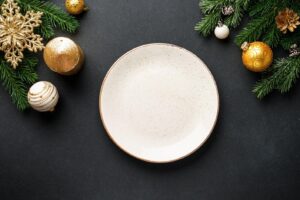During the winter months, caring for plants becomes a real challenge, especially for species not accustomed to low temperatures. Dipladenia, a climbing plant famous for its beautiful flowers ranging from pink to deep red, is no exception. Despite being native to warm climates, with the right care, it can survive and thrive even in the cold months. Here are some recommendations to ensure your dipladenia stays alive and vibrant during the winter.
First and foremost, it is crucial to remember that dipladenia does not tolerate frost well. If you live in an area where temperatures drop below 10 degrees Celsius, it is essential to move the plant indoors. Find a bright spot, preferably near a window that receives indirect sunlight. Dipladenias require at least six to eight hours of daily light to maintain their growth and flowering capacity.
Dipladenia prefers a warm environment, so if you keep it indoors, avoid placing it near doors or windows that are constantly opened, where it could be exposed to cold drafts. Maintain a constant temperature in your home, ideally between 15 and 20 degrees Celsius.
When it comes to watering, it is important to regulate the amount of water during the winter. Dipladenia needs less water in this season as its growth slows down. Allow the top layer of the soil to dry between waterings to prevent waterlogging, which could lead to root rot. Watering every two weeks is usually sufficient, although it is always best to check the soil moisture before adding more water.
Fertilization is another vital aspect of caring for dipladenia in winter. During this period, the plant goes into a vegetative rest and does not require as many nutrients. Reducing the frequency of fertilization to once a month with a balanced fertilizer will help keep it healthy without overloading it with nutrients.
Finally, it is advisable to trim long branches and remove dead or dry leaves in late autumn or early winter. This not only helps conserve the plant’s energy but also prevents possible fungal diseases that can arise in humid conditions.
By following these guidelines, your dipladenia will be well-prepared to face winter and emerge in the following spring with strength and vitality. Remember that each plant has its own needs. Watch your dipladenia closely and adjust care according to its response. With a little attention and dedication, you can enjoy its beauty all year round.
via: MiMub in Spanish











